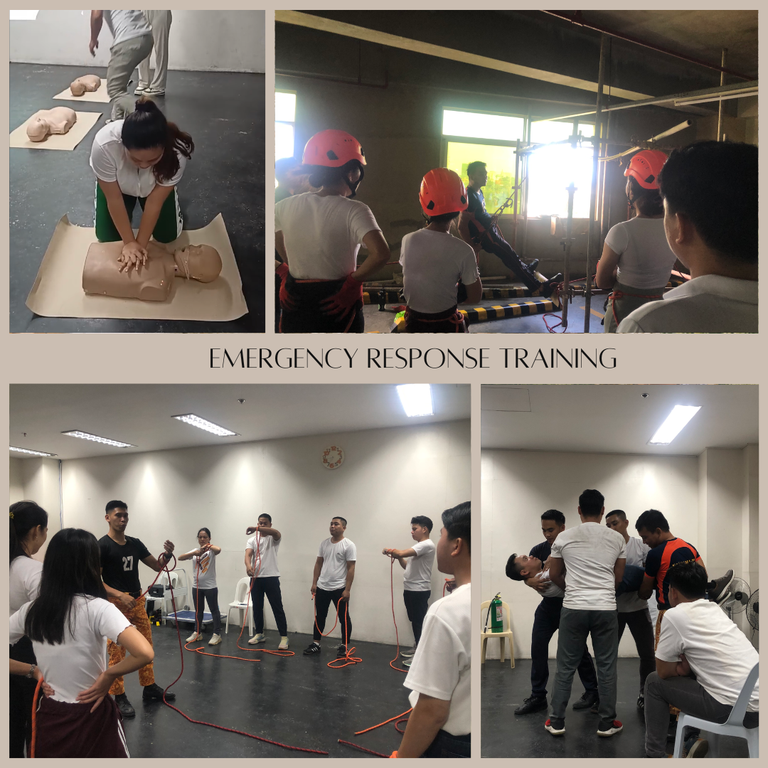
The Bureau of Fire Protection (BFP) Region VII is in the center of strengthening the abilities and preparedness of its employees through extensive emergency response training in a world that is constantly changing and where crises could occur at any time. In order to improve first responders' skills, the program seeks to increase resilience and make sure that BFP staff members are equipped to confidently and effectively manage a variety of crisis scenarios. In addition to improving staff effectiveness, BFP Region VII promotes a safer and better-prepared community through practical training, simulations, and extensive knowledge-sharing. BFP Region VII's priority to protecting people and property during disasters is shown in its commitment to ongoing improvement.
Hello everyone! Welcome to another episode of my blog for this week. In today’s post, I want to share with you one of the most memorable training experiences I had last year, which tested my skills, capabilities, and even my fears. Keep reading, guys I know you'll gain valuable insights and hopefully have the chance to experience something like this yourself, at least once in a lifetime.
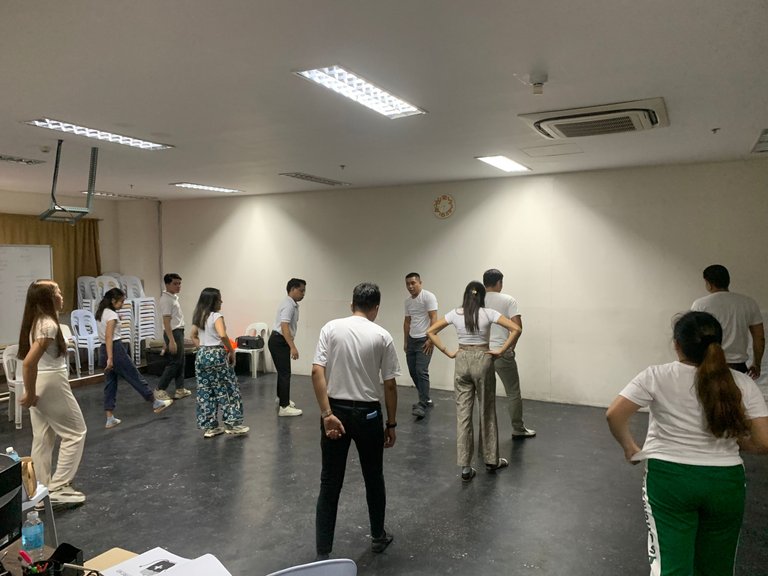
Last October 2024, our company participated in an Emergency Response Training (ERT), led by the Bureau of Fire Protection (BFP) Region VII. This training was a requirement for the renewal of our company’s permit, as mandated by the BFP. Our office is located on the 16th floor of Gagfa Center, and this training was essential for us to be better equipped to handle emergencies or disasters effectively.
This training lasted for 40 hours, spread over 5 days, however in our case, we just made it 4 days training so that it would not hinder company’s operations. A total of 10 members from our team participated in the program. It was truly a once-in-a-lifetime experience, which is why I didn’t hesitate to seize the opportunity to be trained by the BFP Cebu.
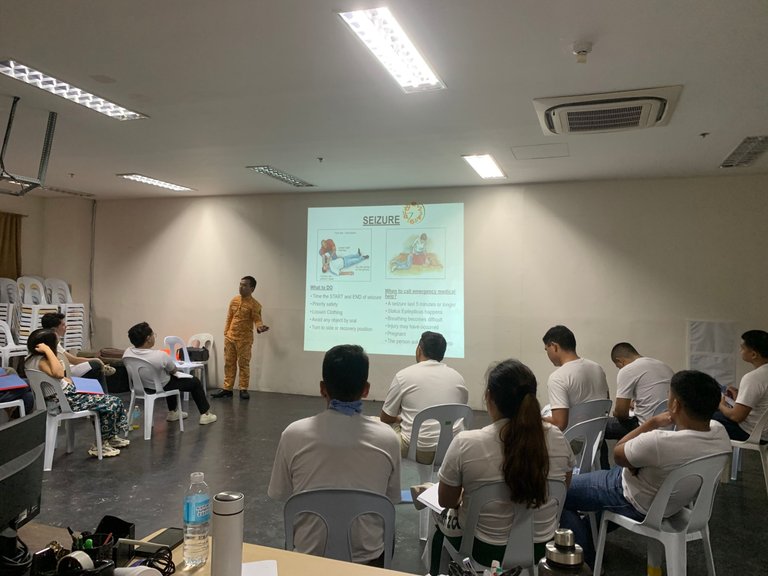
Day 1:
We began our training with introductions from the BFP officers and a chance for us to introduce ourselves. The training then moved on to lectures, where the officers enlightened us about essential firefighting skills, particularly how to properly use a fire extinguisher in the event of a fire. They also taught us what it takes to be a firefighter and what actions they take when responding to a fire. Additionally, they shared personal stories of their experiences, explaining how they risk their lives to save others during emergencies.
After the lectures, we moved to the parking area to practice basic fire hose folding techniques and learn how it’s properly done. They also taught us how to handle the firefighting hose under pressure and emphasized the importance of clear commands for every movement we made during a firefighting operation.
PS: This is the only picture I have stored in my gallery on our first day, some photos are deleted due to no more storage.
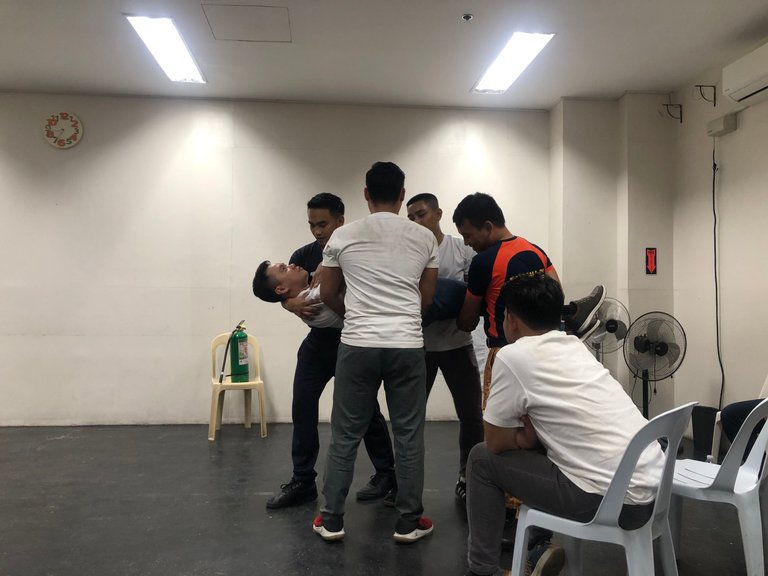
In the afternoon, they taught us various methods of carrying an injured person. For instance, in the event of a fire, they demonstrated how to safely rescue someone from the danger zone and transport them to the triage area. They also instructed us on how to classify individuals based on the severity of their injuries severe, minor, or minimal and how to transport them without causing further harm to the injured areas.
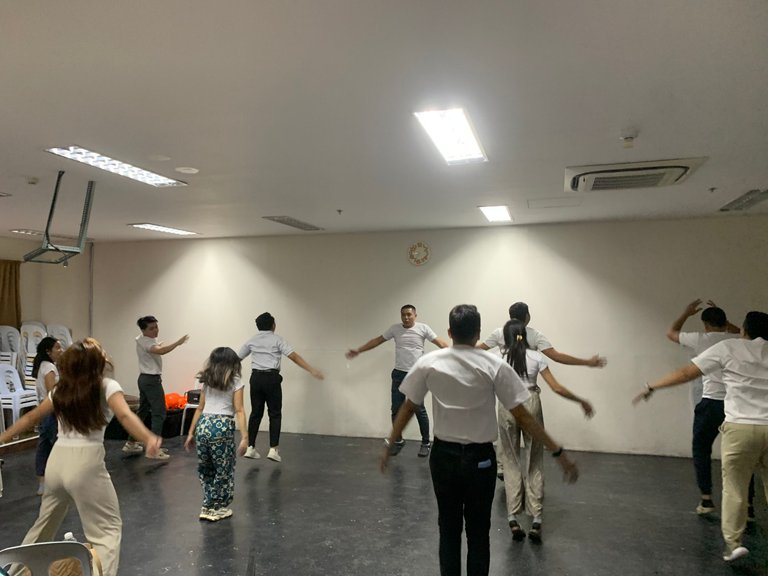
Day 2:
We started our day with a warm-up, as many of us were experiencing body aches from the previous day's activities. The warm-up was intense, similar to how the BFP trains its own personnel. It was beneficial for us to engage in exercises like this, especially since our regular work is mostly sedentary. I learned that in situations like these, full cooperation and collaboration are essential for ensuring that everyone performs effectively and safely.
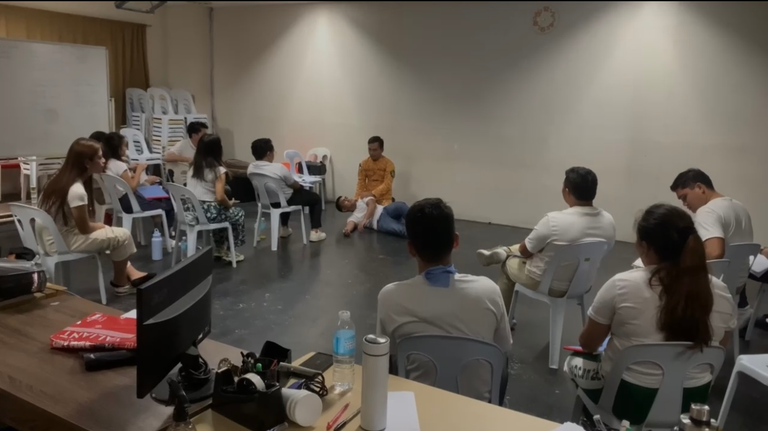
In the afternoon, the BFP officers demonstrated how to save a person’s life through basic first aid. This was my second time attending first aid training, but I noticed some differences in the techniques compared to what I had learned before. As a nurse by profession, I am still relatively new to this type of setting, since first aid in a hospital is quite different from performing it in an emergency outside of a hospital. This experience made me even more eager to learn about first aid in these situations, especially when resources are limited.
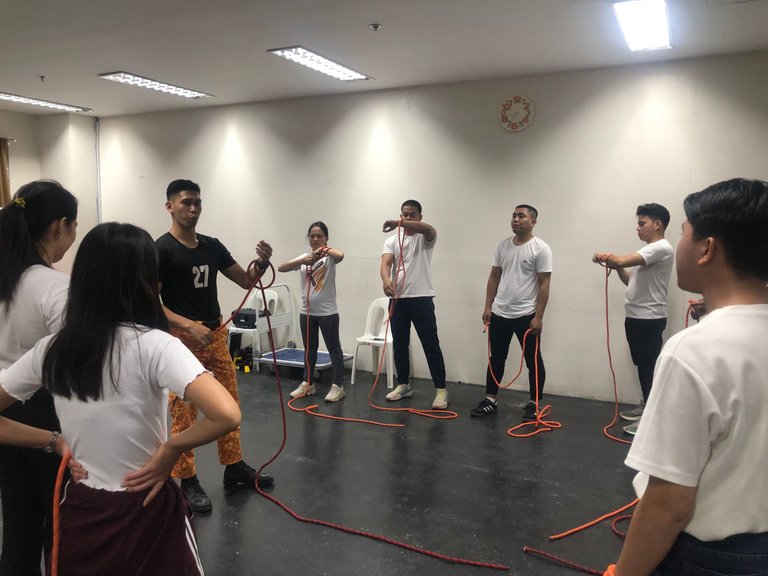
Day 3:
For half of the day, they taught us various types of knot tying. As shown in the picture, they demonstrated how to tie secure knots, which are essential for our training. In case of emergencies such as a typhoon, earthquake, or fire, especially since we are located on the 16th floor, knowing how to properly tie ourselves is crucial. This skill would allow us to rappel from the 16th floor to the ground floor if necessary. At this point, I began to feel nervous, knowing that after this, we would be required to rappel from the 4th floor to the ground floor as part of the training.

After the demonstration, we proceeded to the 4th floor, where we were briefed on what to do during our rappelling exercise. They showed us the proper way to hold the rope and how to check our knots to ensure they were secure and safe. The instructors also provided important safety instructions to help prevent any accidents during the rappel.
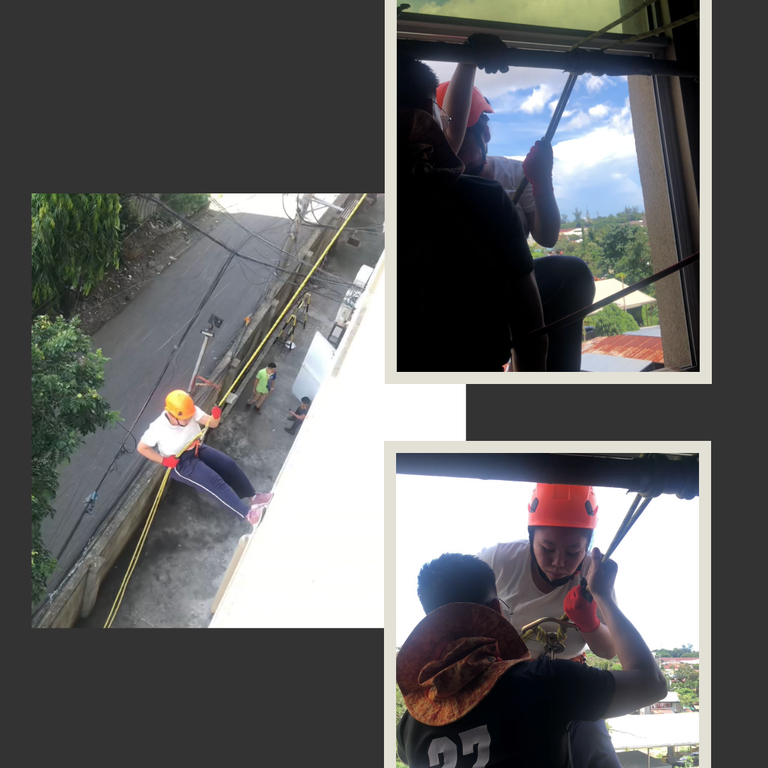
This is me during my rappel. I don’t have a fear of heights, but when I stepped onto the window ledge, I suddenly couldn’t feel my legs at all. I stayed there for over 20 minutes, crying because I didn’t want to go through with it anymore. At first, I was excited, but at that moment, I started overthinking everything. Since we had to tie our own harnesses, I didn’t fully trust mine. My legs were shaking and felt completely numb, and I broke down in fear. However, in the end, I made it! I slowly walked down the wall, and as I descended, a smile slowly appeared on my face, feeling a mix of relief and pride.
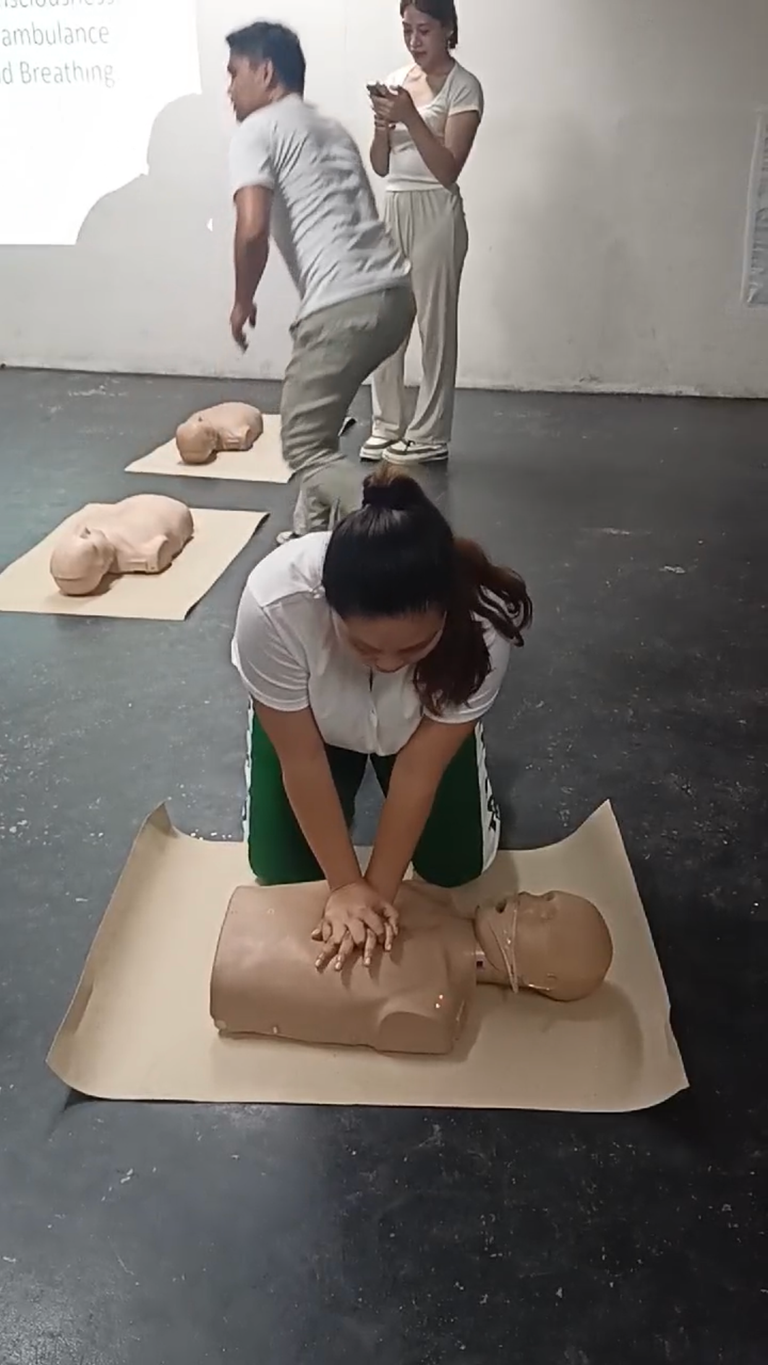
Day 4:
They also trained us BLS or Basic Life Support both in adults and infants. We were taught the basics of conducting cardiopulmonary resuscitation (CPR), identifying the warning indications of cardiac arrest, and administering life-saving measures in an emergency. The proper hand placement, compression depth, and rescue breathing techniques required to properly aid people in need of urgent care were presented in the training. It was a worthwhile experience because it gave us the information and abilities we would need to rescue lives in dire circumstances.
In the afternoon, we conducted an assessment covering everything we learned from day 1 to day 4 of our training. It was a demonstration assessment, as these skills are crucial in emergency situations. We went to the basement, where we practiced operating the fire hose, learning how to give commands, and how to handle the pressure of the water coming from the hose. Afterward, we returned to the building to practice various carry techniques while being blindfolded. This exercise taught us how to rely on our hearing to locate victims in a danger zone. Finally, as part of a BFP Cebu tradition, we were doused with water from a fire truck, completely soaking us.
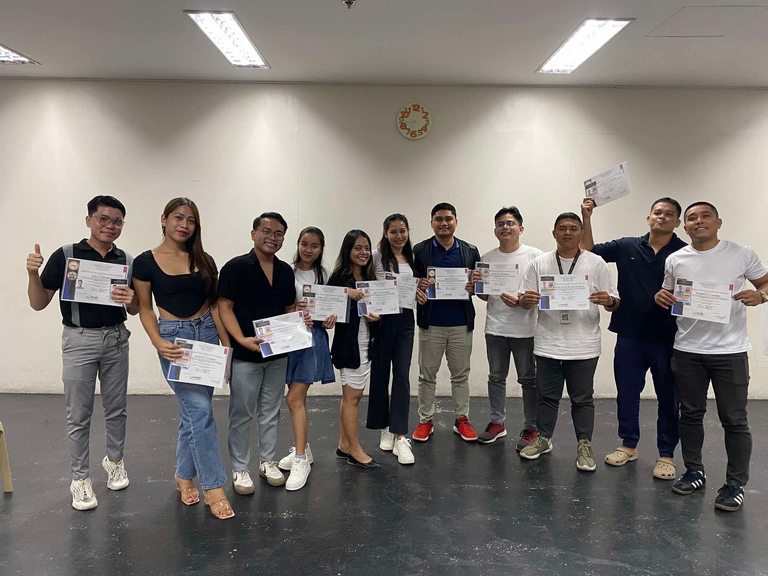
After a week of training, we finally received our certificates and ERT IDs. We are incomplete in this picture since some of us had already finished our duties by that time. We were all very happy to have made it through! After all the hardships and effort we put into the training, we are now ready to save lives. As a nurse, I am especially grateful for the additional knowledge I gained, which has given me more confidence to perform effectively in emergency situations.
Take note: Understanding that gender is not determined by social norms or prejudices is crucial. Girls are just as capable, courageous, and strong as guys, and vice versa. Regardless of gender, everyone has the capacity to overcome obstacles, take on challenges, and succeed. Adopting this concept enables people to follow their interests and objectives without hindrance, demonstrating that everyone, regardless of gender, can succeed in any sector they choose. Let's keep supporting and motivating one another to embrace our individual talents and qualities.
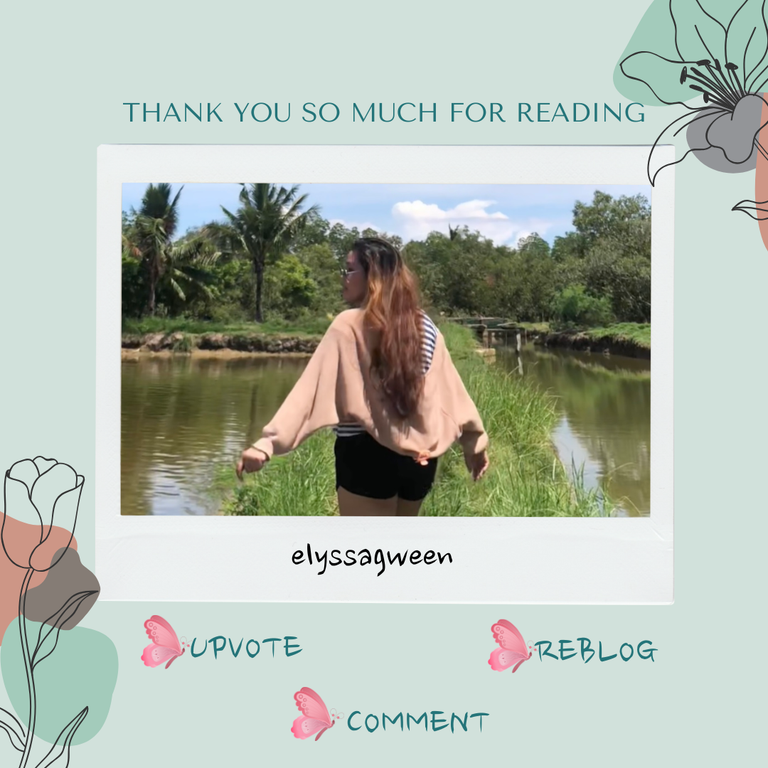
Thank you so much for taking the time to read and connect with my thoughts today. I’m excited to continue sharing my journey with you, and I hope you found something here that resonated or sparked an idea. This blog is a space for growth, inspiration, and conversation, and I’d love to hear your thoughts, feedback, or experiences in the comments. Feel free to share if something stood out to you. Here’s to many more stories, lessons, and moments of connection ahead! See you in the next post!
That's a great experience @elyssagween, having such training will help us save ourselves and others during unexpected times.💗✨
this is so useful in case pf emergency
This is useful during an emergency. I am glad that you had this training.
This is so helpful especially of there's an emergency.
That sounds like an invaluable experience! @elyssagween. Well done!